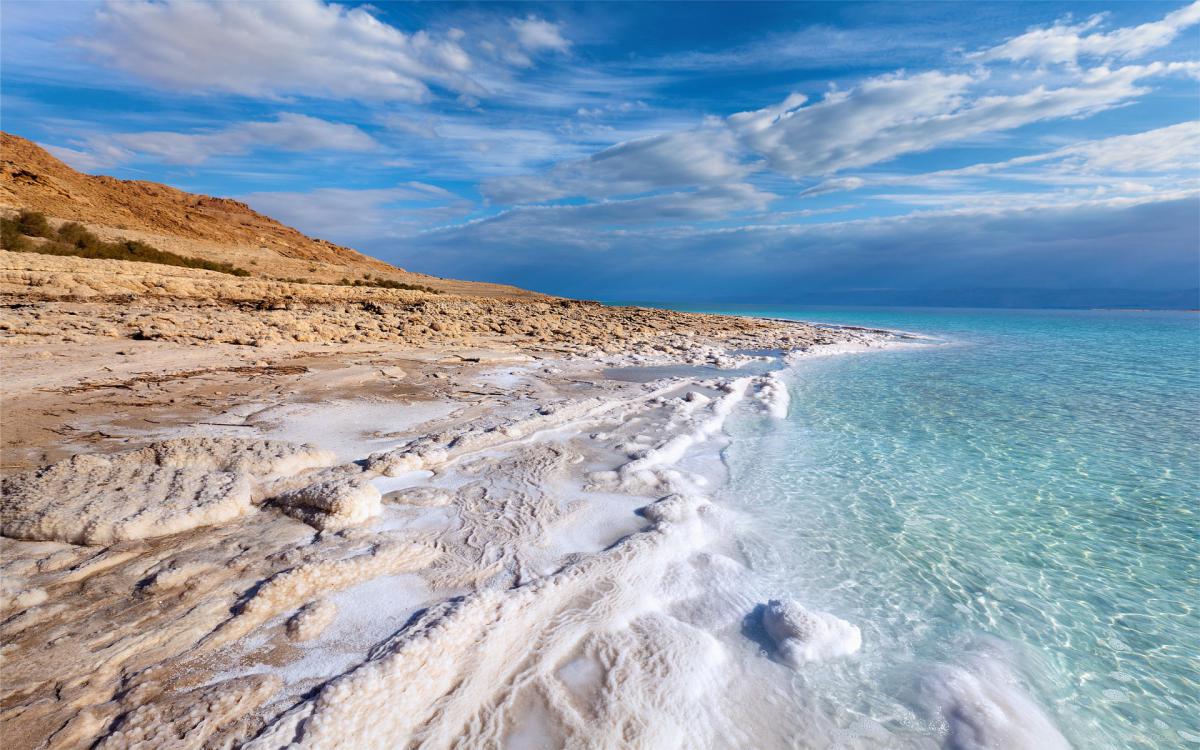
The Dead Sea is rather a lake with minerals and high salinity content which makes it saltier than any ordinary lake in the world.
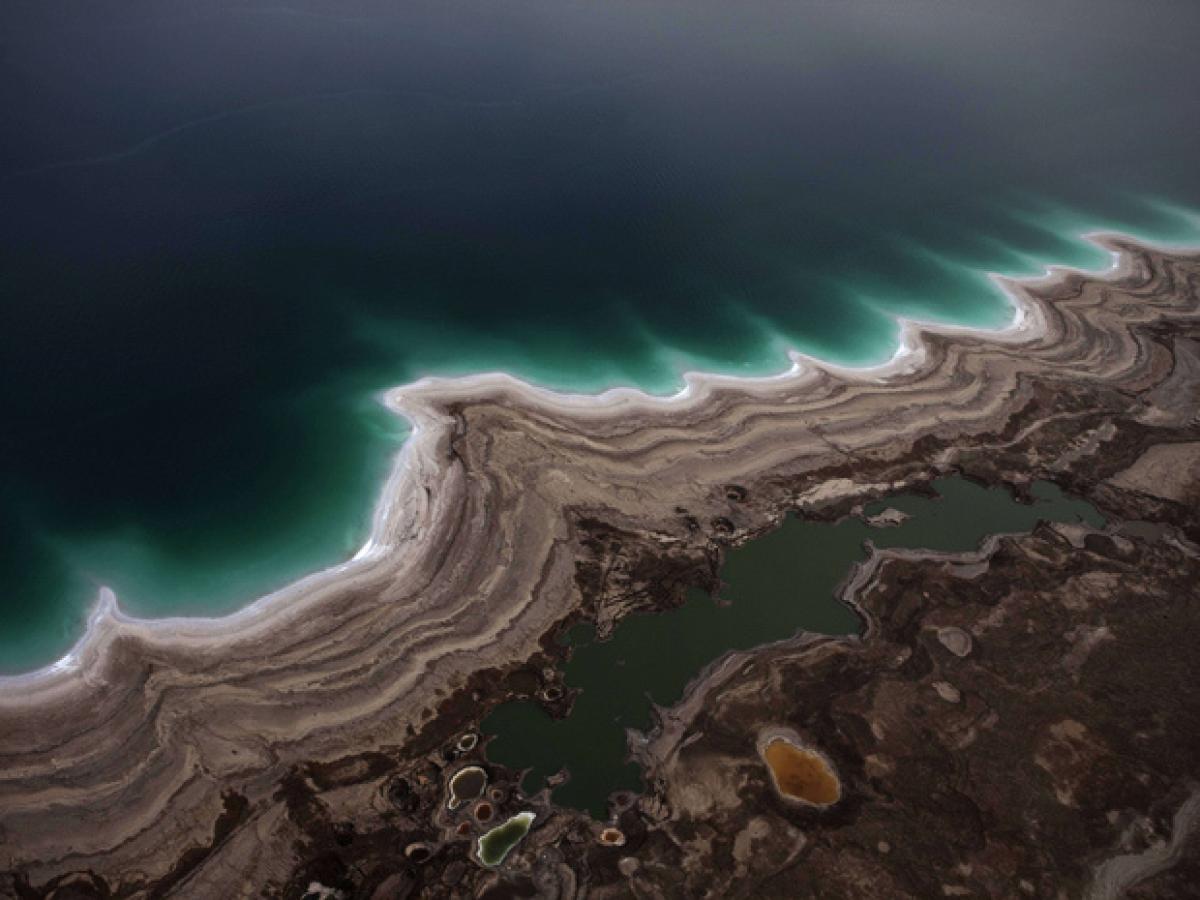
The Biblical Old and New testament make frequent references to Dead sea. Its significance is related to King David’s refuge and also to Jesus Christ, who walked above its waters. Its name is related to the fact that no living beings can survive in it. The extreme concentration of salt makes it difficult for any living beings to survive in it. Bacteria, fungi and other microscopic organisms are the ones who are able to thrive there. Because the Dead sea has no outlet, the salt and the minerals’ accumulations cannot escape; as a result the dead sea is approximately 10 times saltier than the ocean.
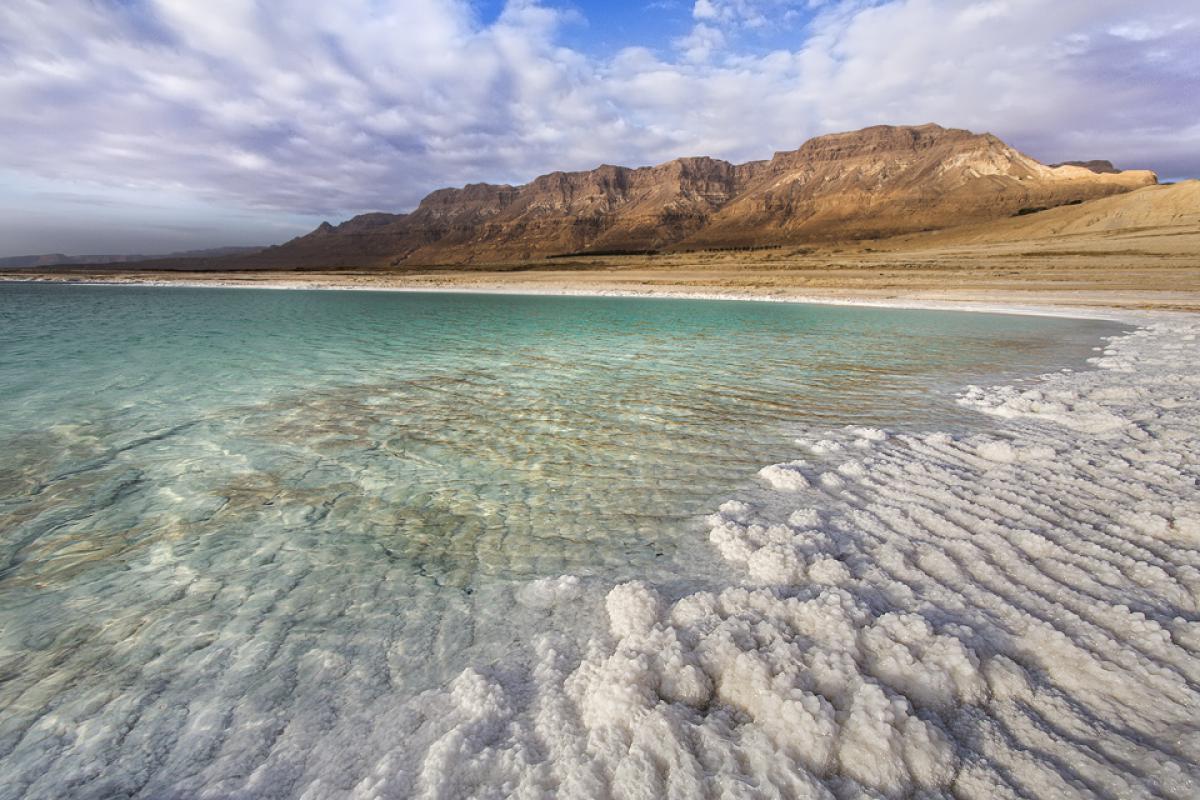
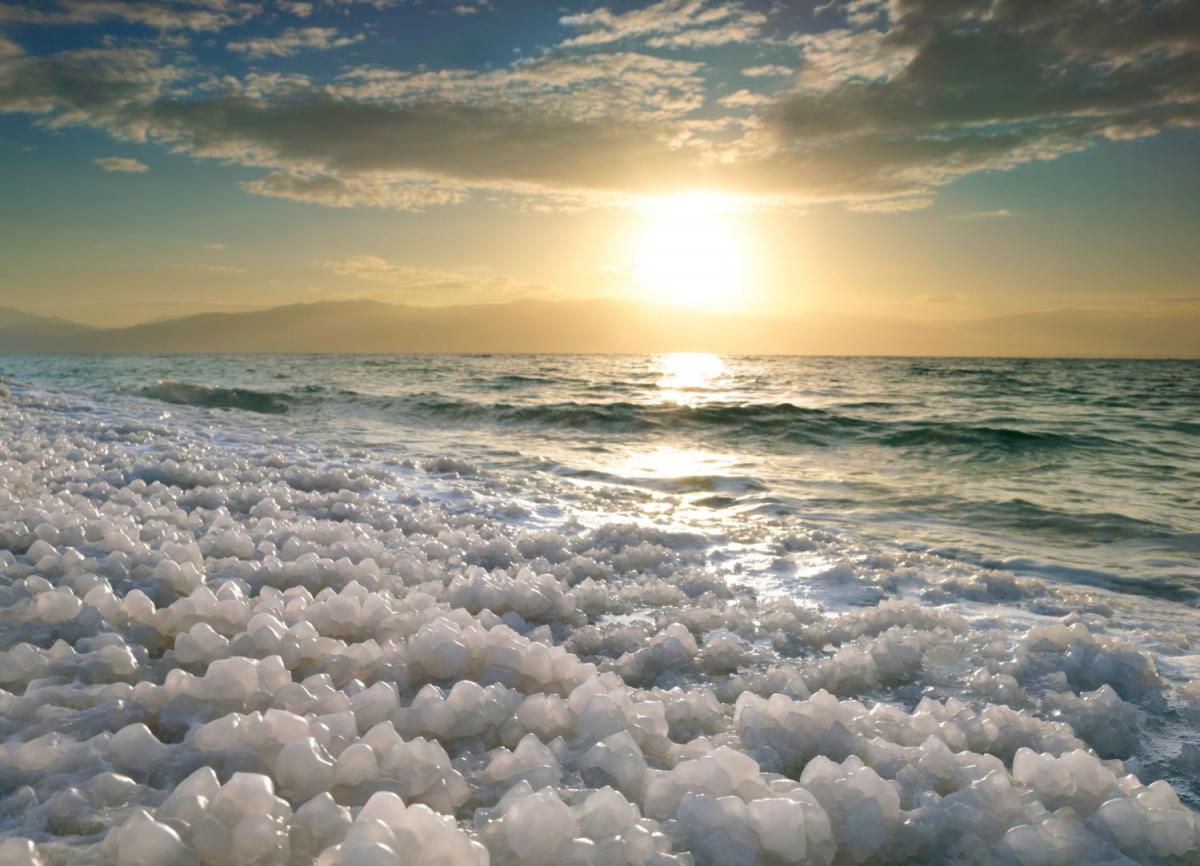
Extra information:
At 423 meters below sea level the Dead sea is the lowest elevation on land; swimming under water is impossible since the high salt content makes the buoyancy really strong. As a result, floating of the body occurs. Cosmetics and medicine use the sea minerals and sand for certain skin diseases therapy.
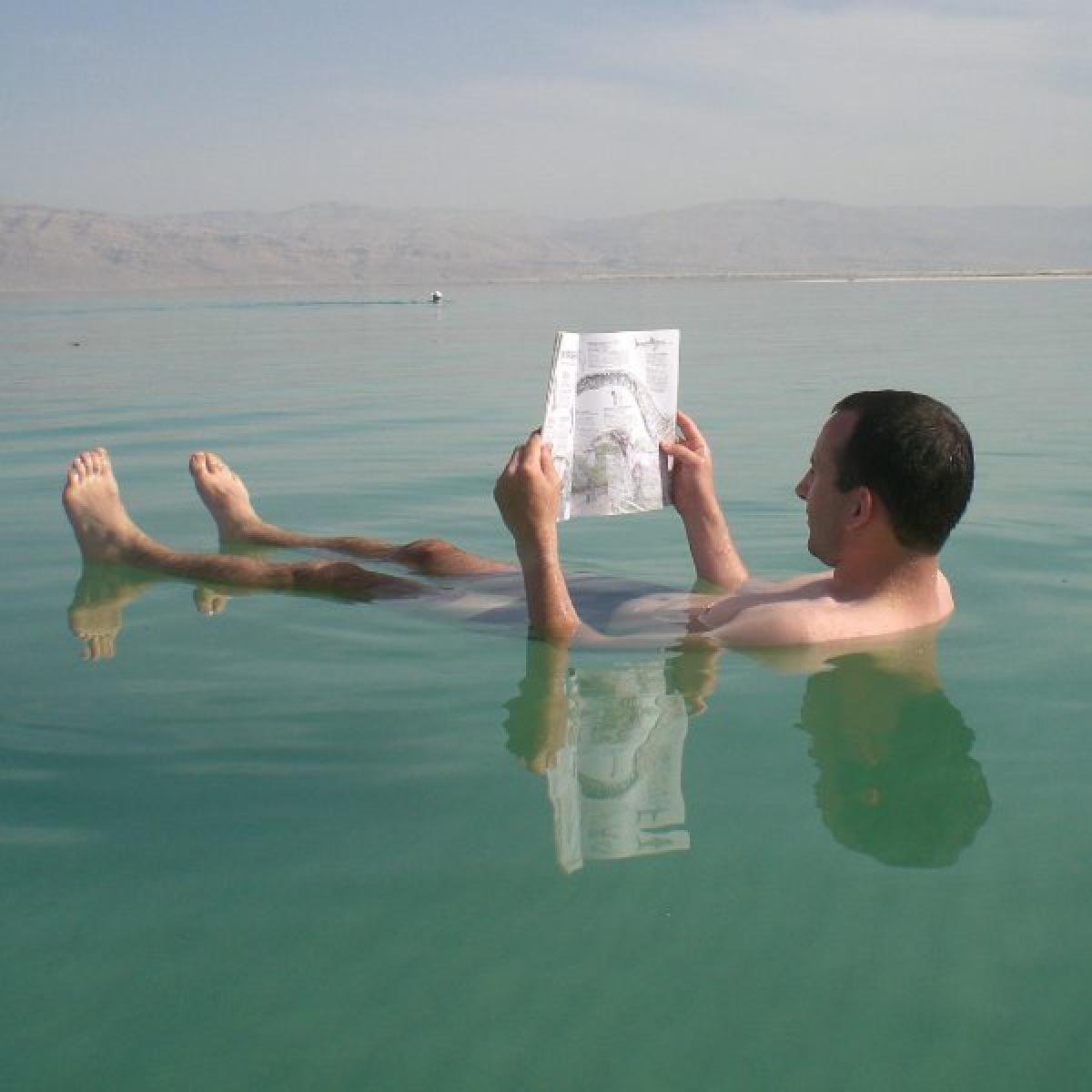
Lake Berryessa Glory Hole, California
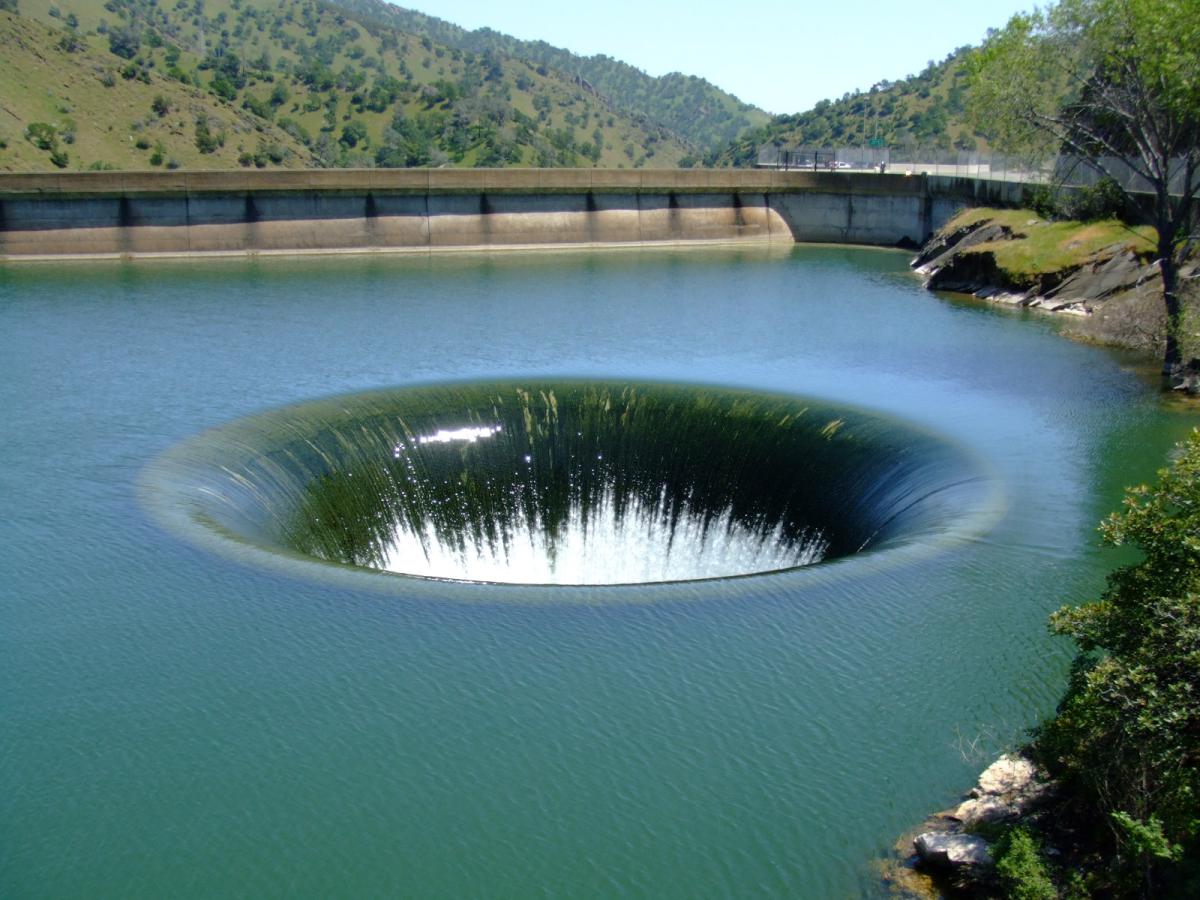
The Napa County, California houses the largest lake in the area, called Lake Berryessa. The combination of a hydroelectricity source for the San Francisco Bay and a favourite tourist attraction, makes Lake Berryessa a very important geographic feature.
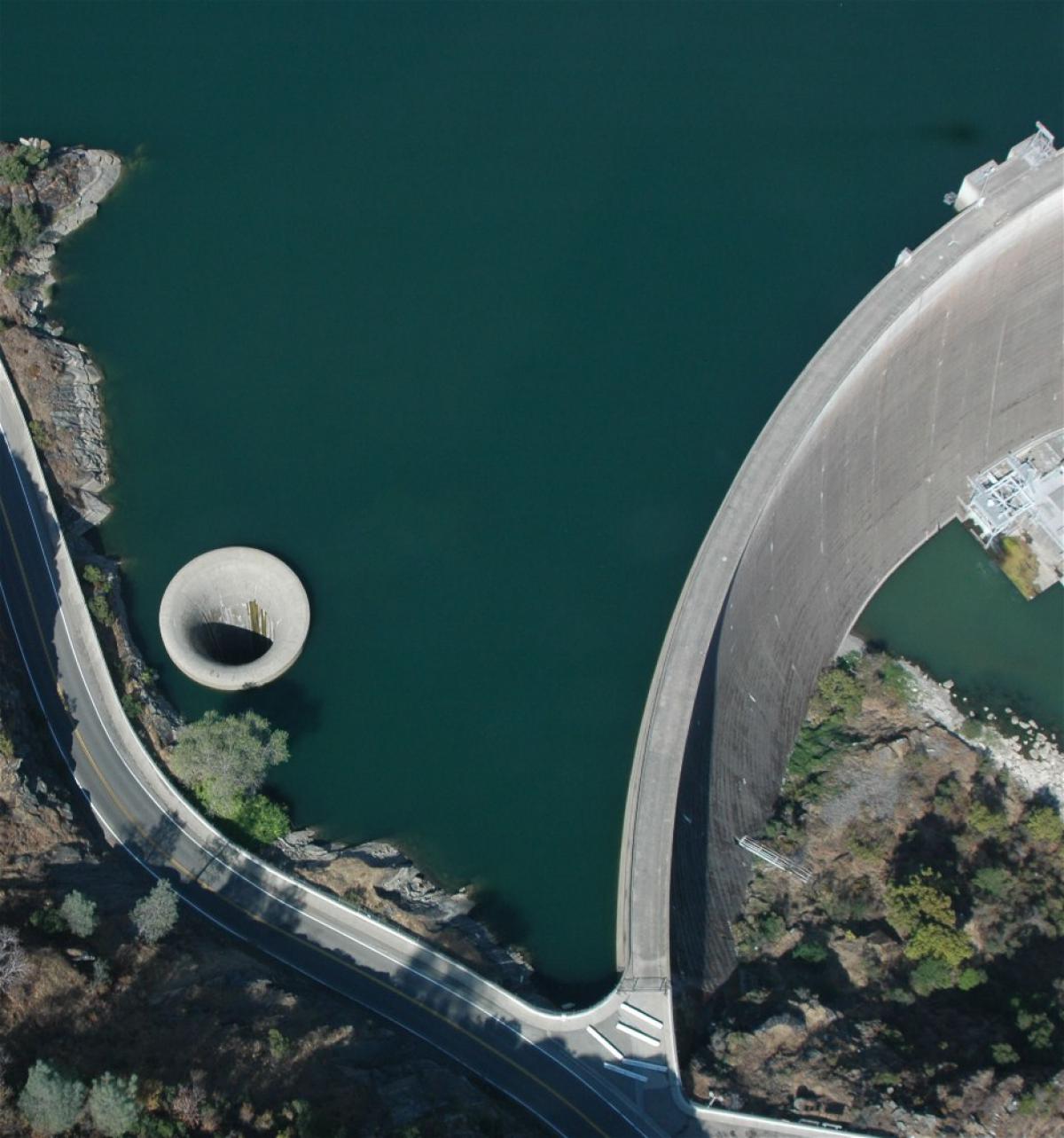
The south-eastern side of the lake shows the bell-mouth spillway, which is a rather astonishing view. Known as the”Glory Hole”, with its 72 feet diameter, it is the largest of its kind. The hole has a vertical drop of 200 feet and down it becomes smaller to 28 feet. When the water level gets to the maximum level, a submerge of the spillway occurs and excess water is swallowed at an amazing rate of 48,800 cubic feet per second. This excess water is channeled into a concrete pipe, located 700 feet away from the lake at the other side of the dam.
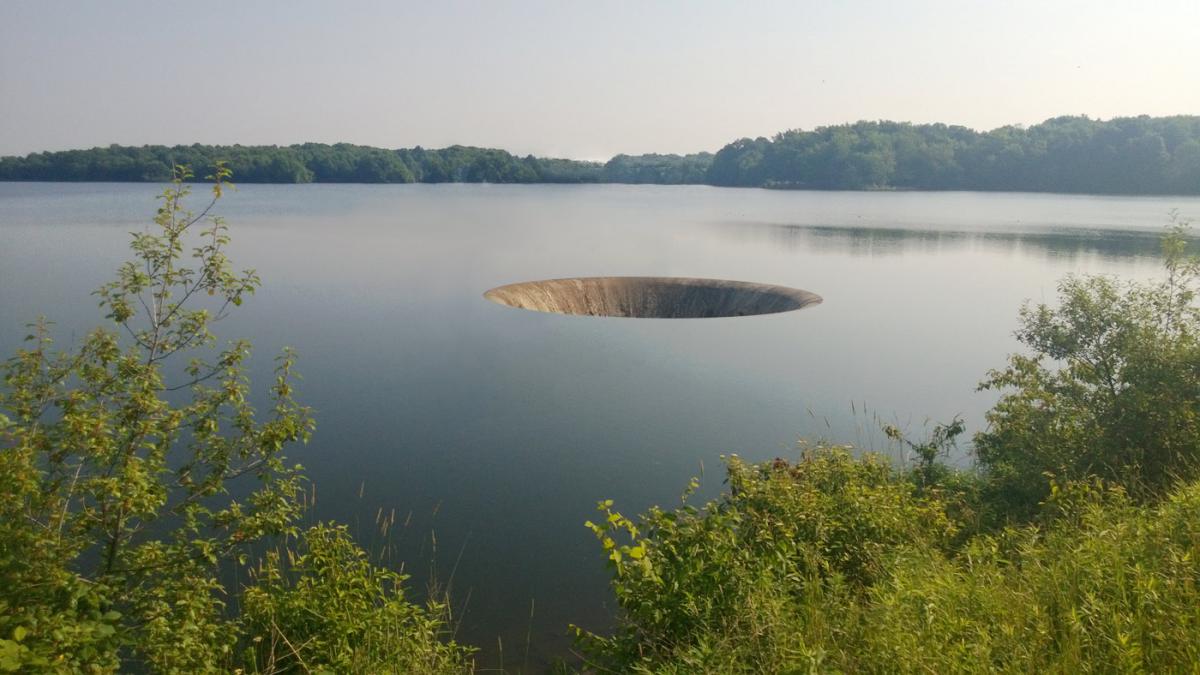
Visitors are not allowed to stand close to the hole especially in cases of high water levels. There is a marked line, which must not be crossed; for the purpose of preventing swimmers and boatpeople from going beyond the dangerous zone, buoys are placed across the lake.
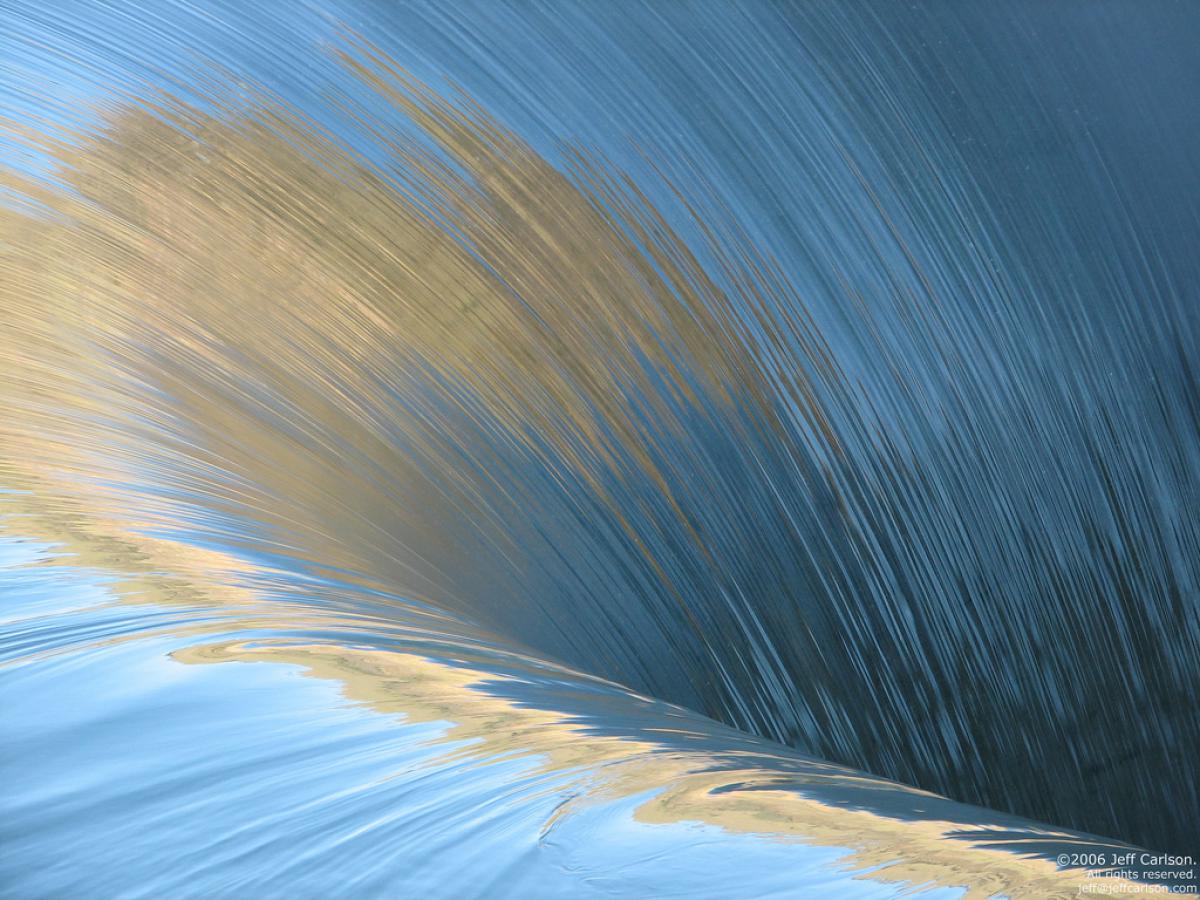
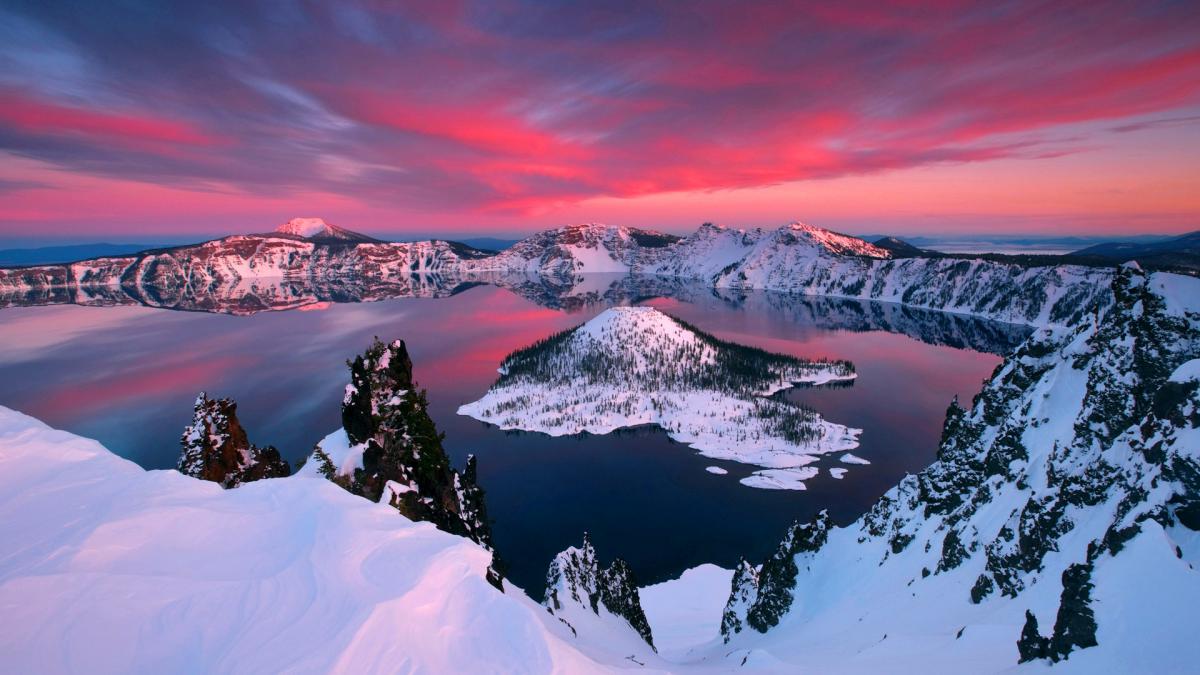
7,700 years ago the collapse of Mount Mazama formed Crater Lake. The lake is a large volcanic crater 2,148 feet deep and it is considered the deepest in the United States and depending on
the depth measured, it is either the 7th or9th deepest lake in the world.
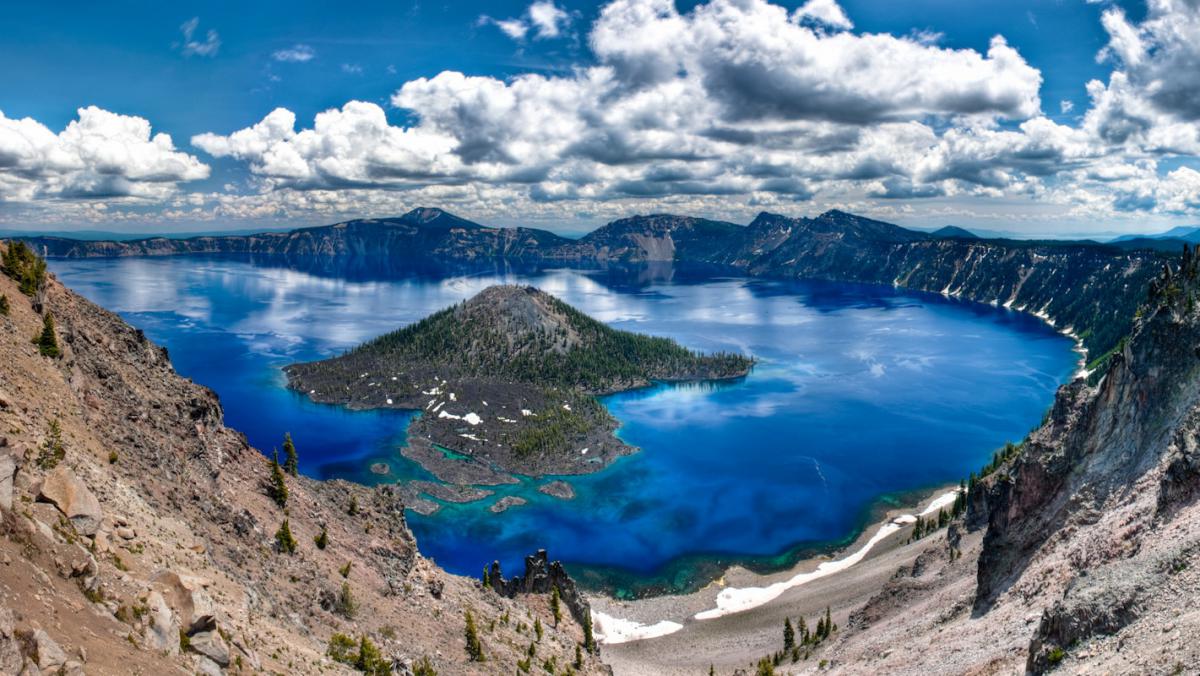
The lake is landlocked with no rivers or other bodies of water feeding into it. This isolation of the lake makes the water to be considered one of the purest since there are no pollutants. The water is crystal clear and visibility in it can reach up to 43.3 meters.
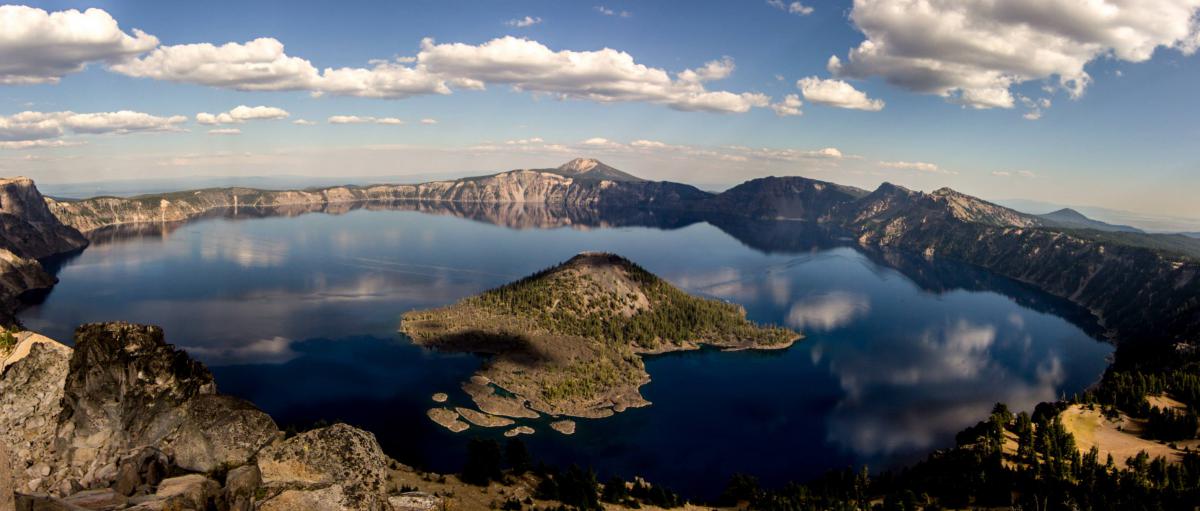
The lake holds a feature called “the old man of the lake”; it is a century old tree. Two separate islands can be found there. They are named Wizard island and Phantom ship, which is the smaller one.
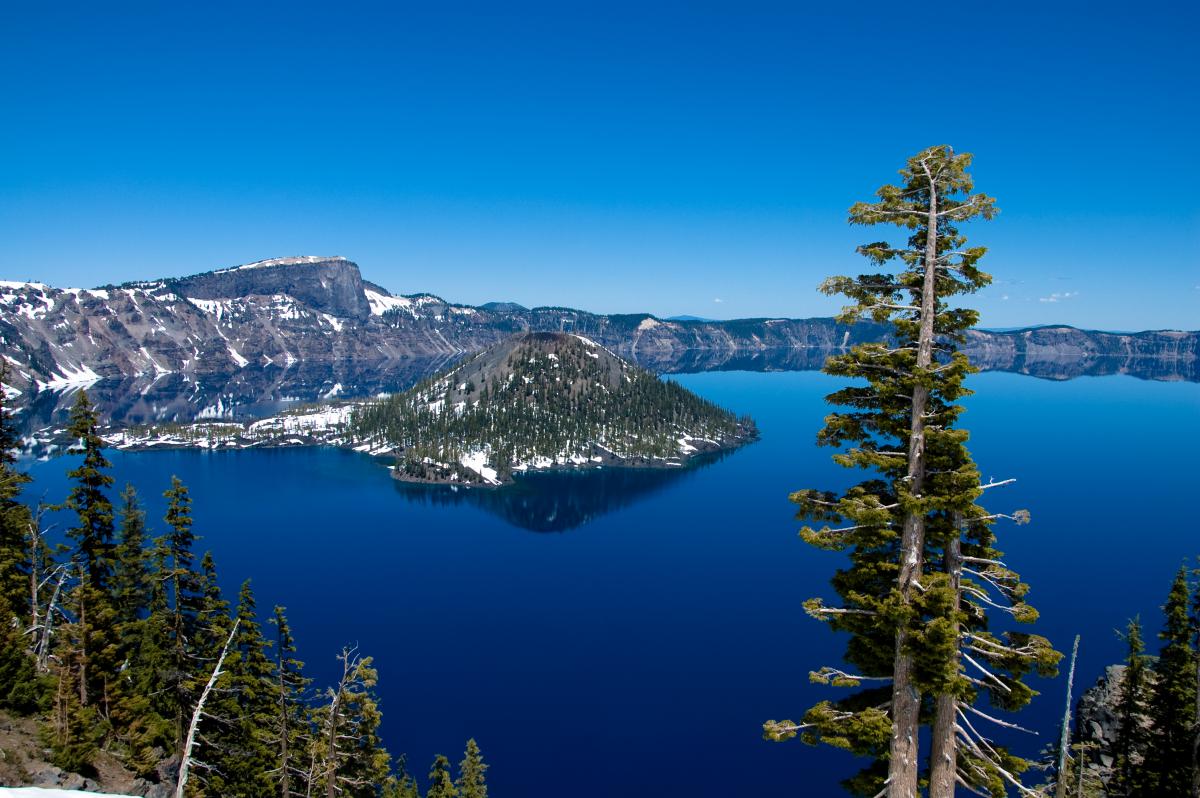
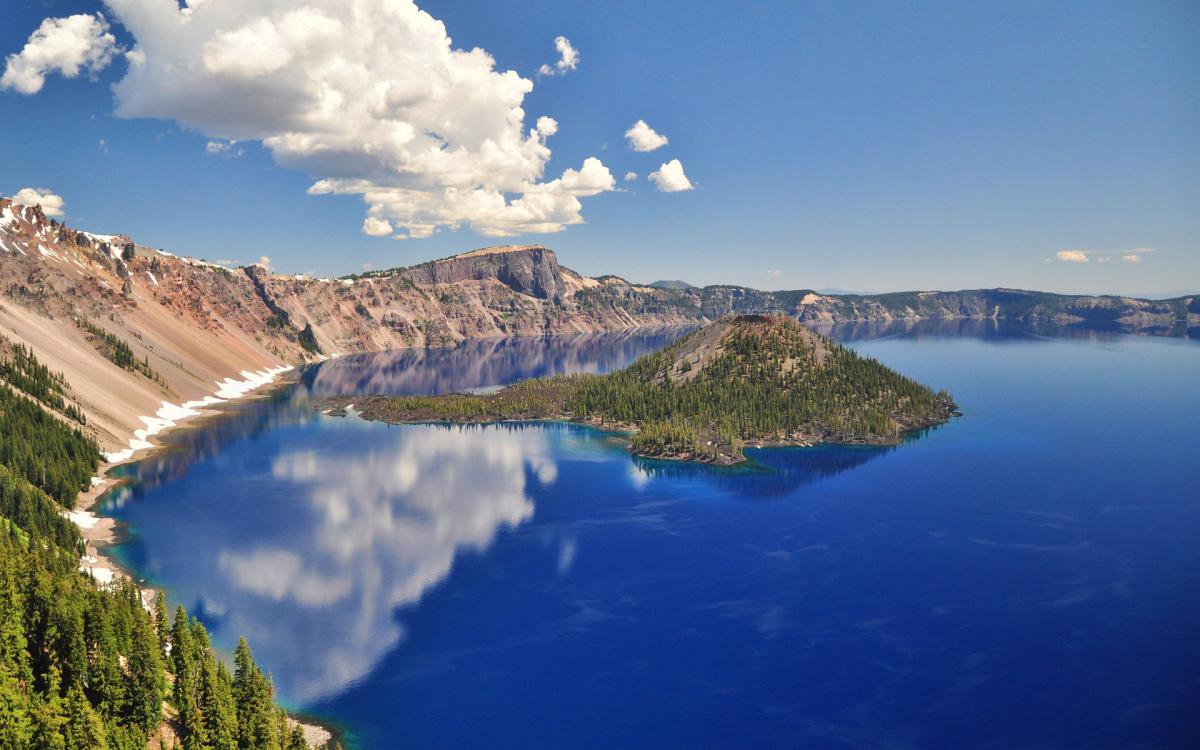
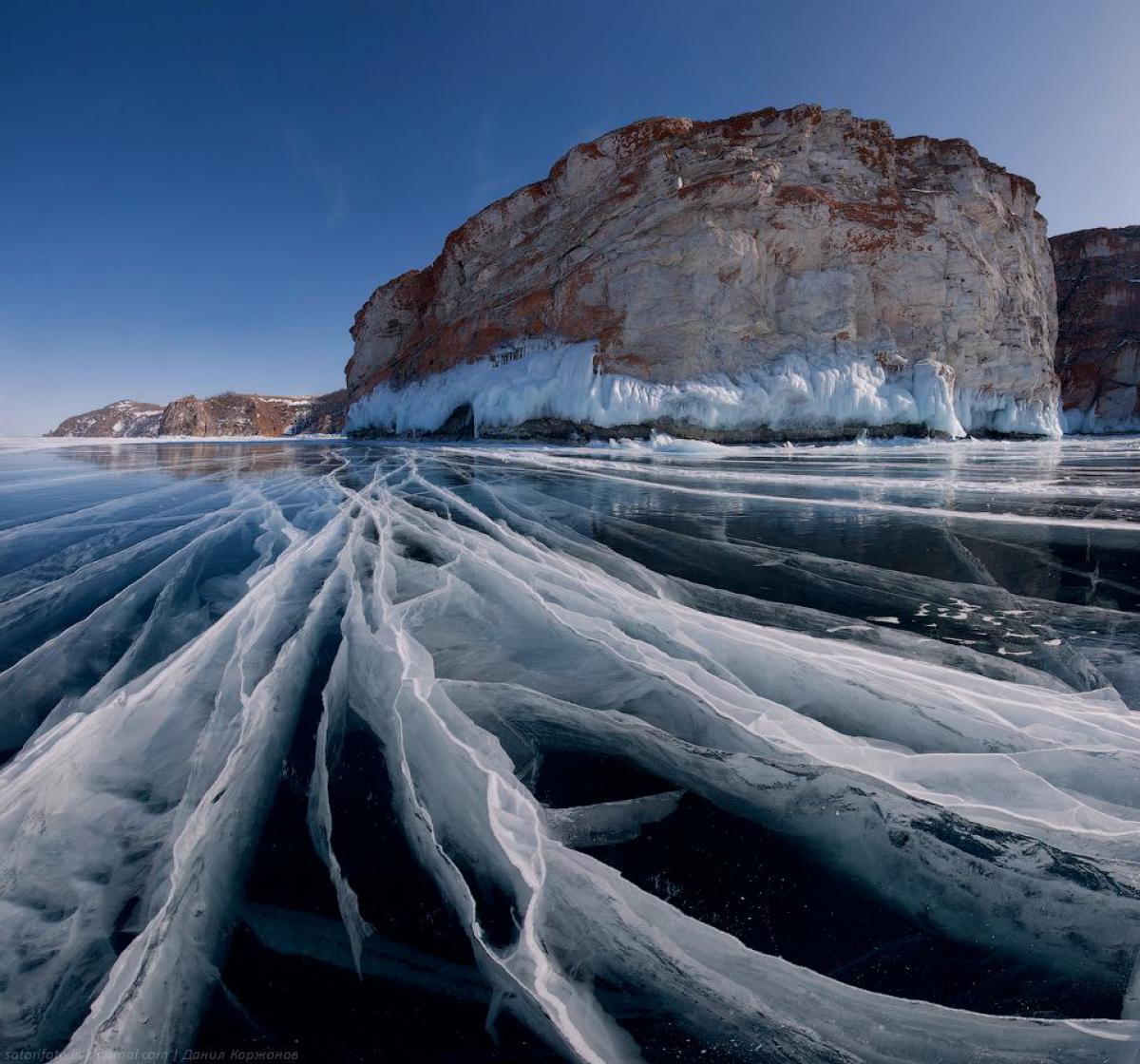
When a continental crust is pulled apart a rift lake is formed. Lake Baikal is such a lake. It is the deepest lake in the world with a depth of 1,642 meters (5,387 ft). The bottom of the lake lies 1,186.5 meters below sea level and no exploration has ever taken place.
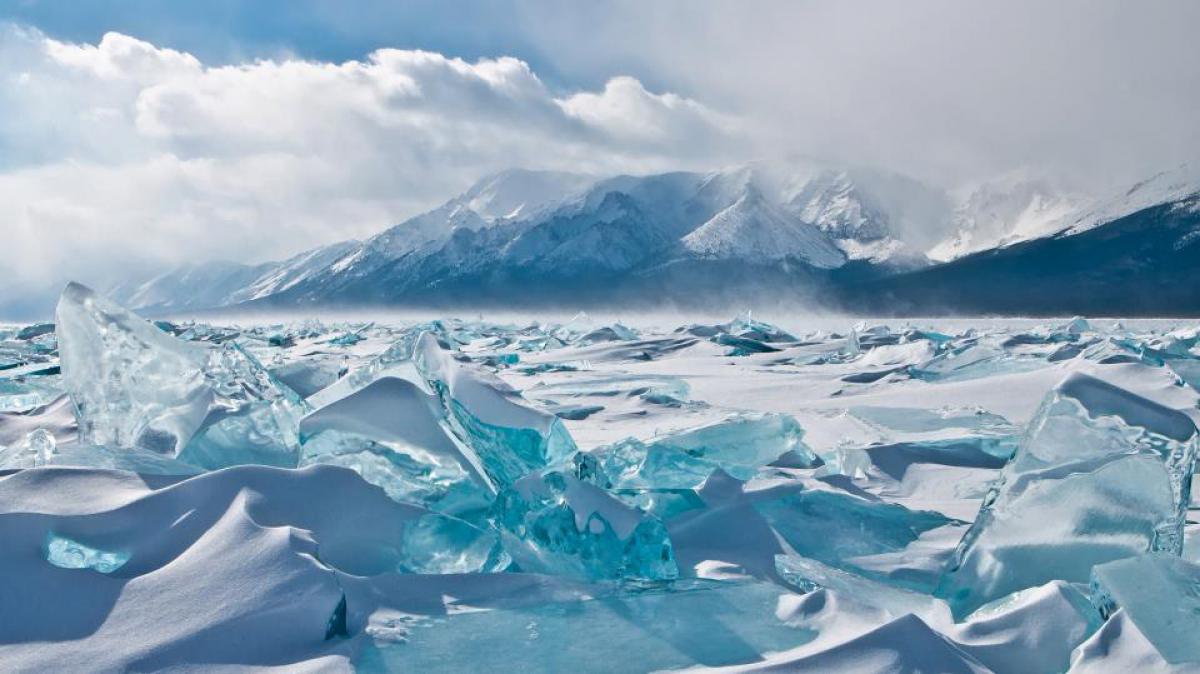
Lake Baikal is also one of the oldest lakes dating back to 25-30 million years ago. Some lake sediments have been explored by American and Russian experts, and the data reveals interesting records of the climate dating back from 250,000 years.
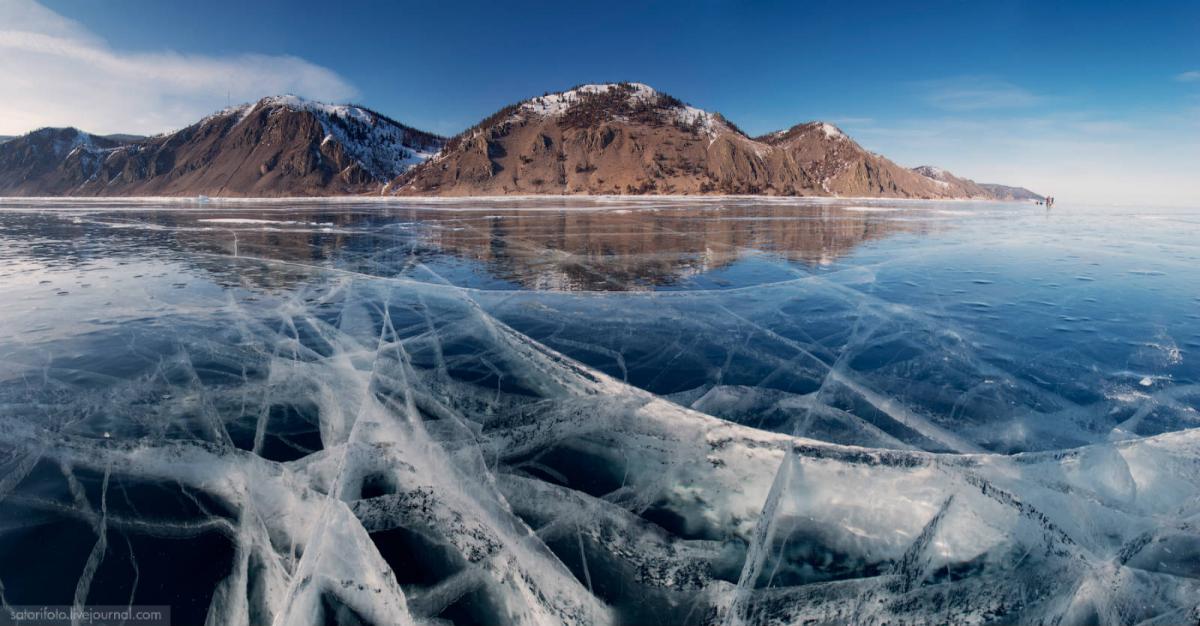
Bio diversification thrives in Lake Baikal. 80% of creatures living in the area are endemic and more than 1000 species of plants flourish in the lake. The UNESCO World Heritage list includes d the lake in 1996. Since then Lake Baikal is under protection.
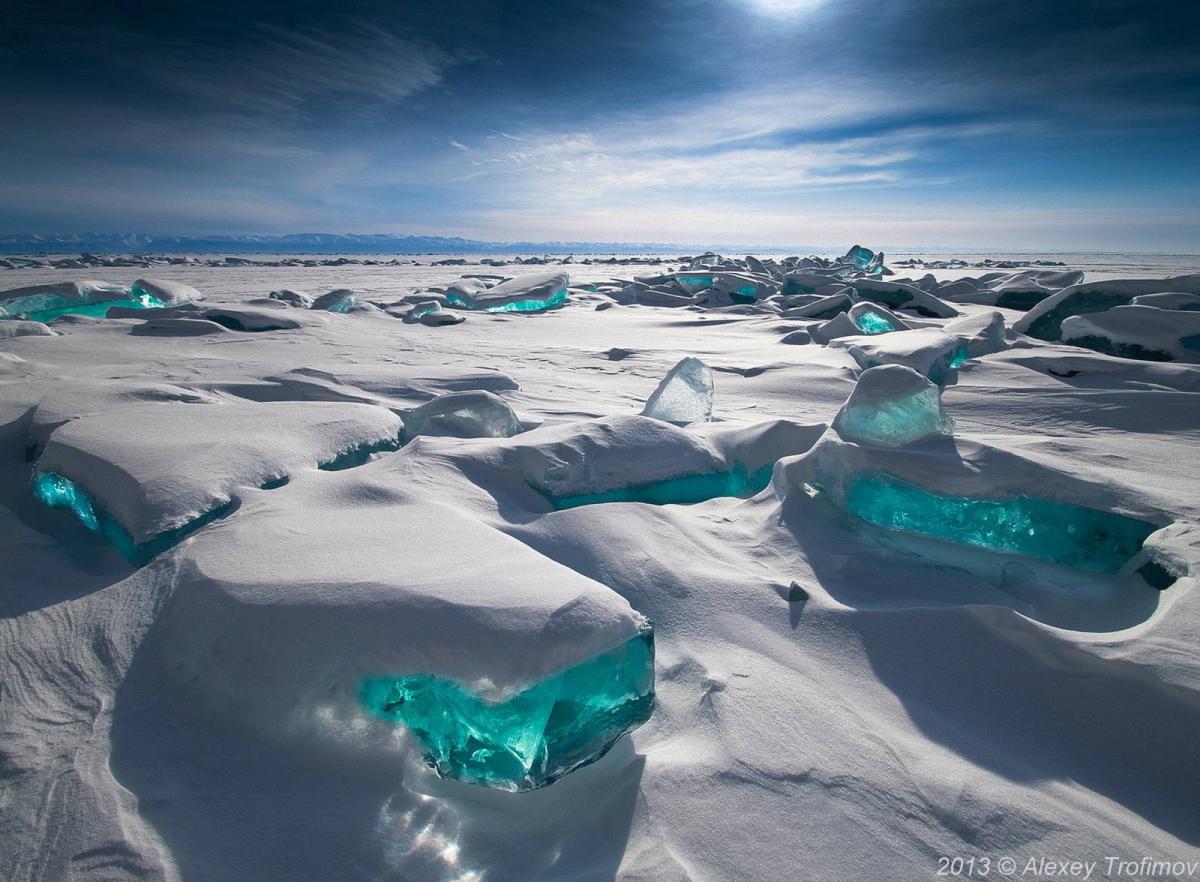
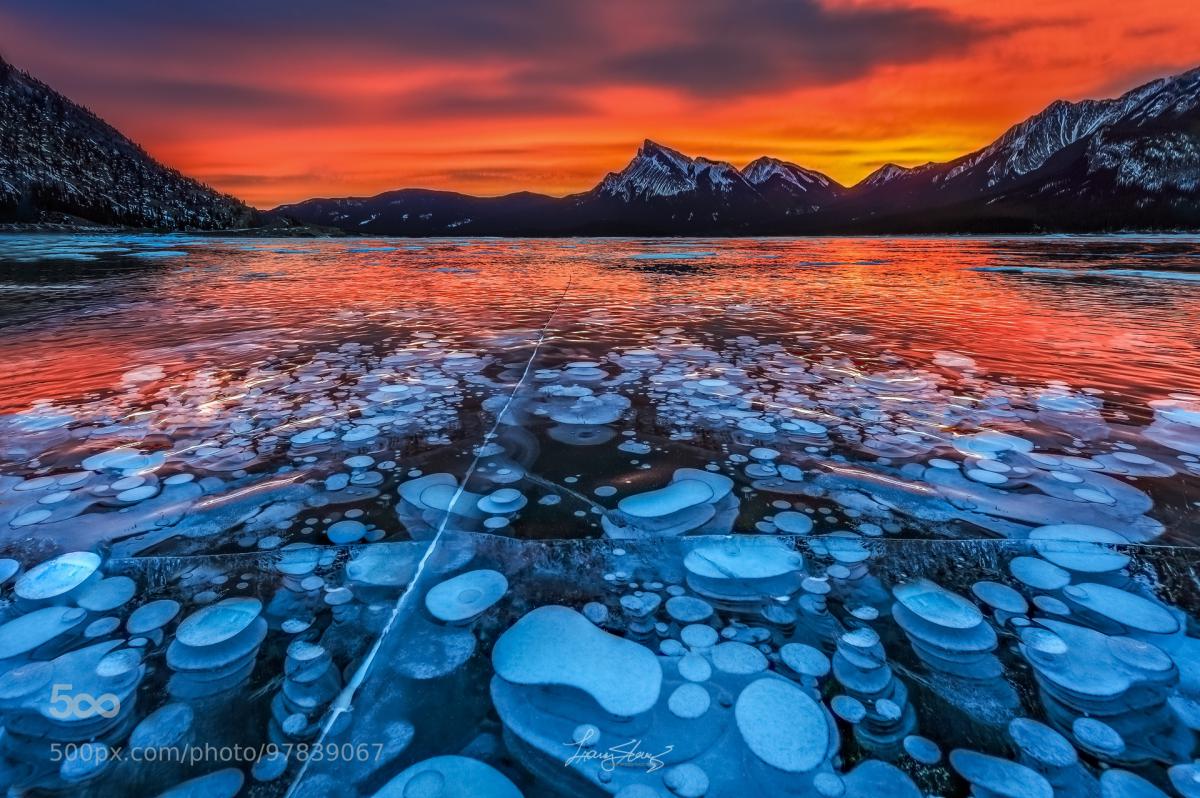
Abraham Lake is an artificial man-constructed lake in Alberta Canada, up north of the Canadian river Saskatchewan at the foot of Rockies. Winter makes the lake extremely attractive since at that time you can find frozen bubbles underneath the lake. These ice bubbles underneath resemble bluish white cotton wool. They are like white rocks piled on top of each other in a highly organized way.
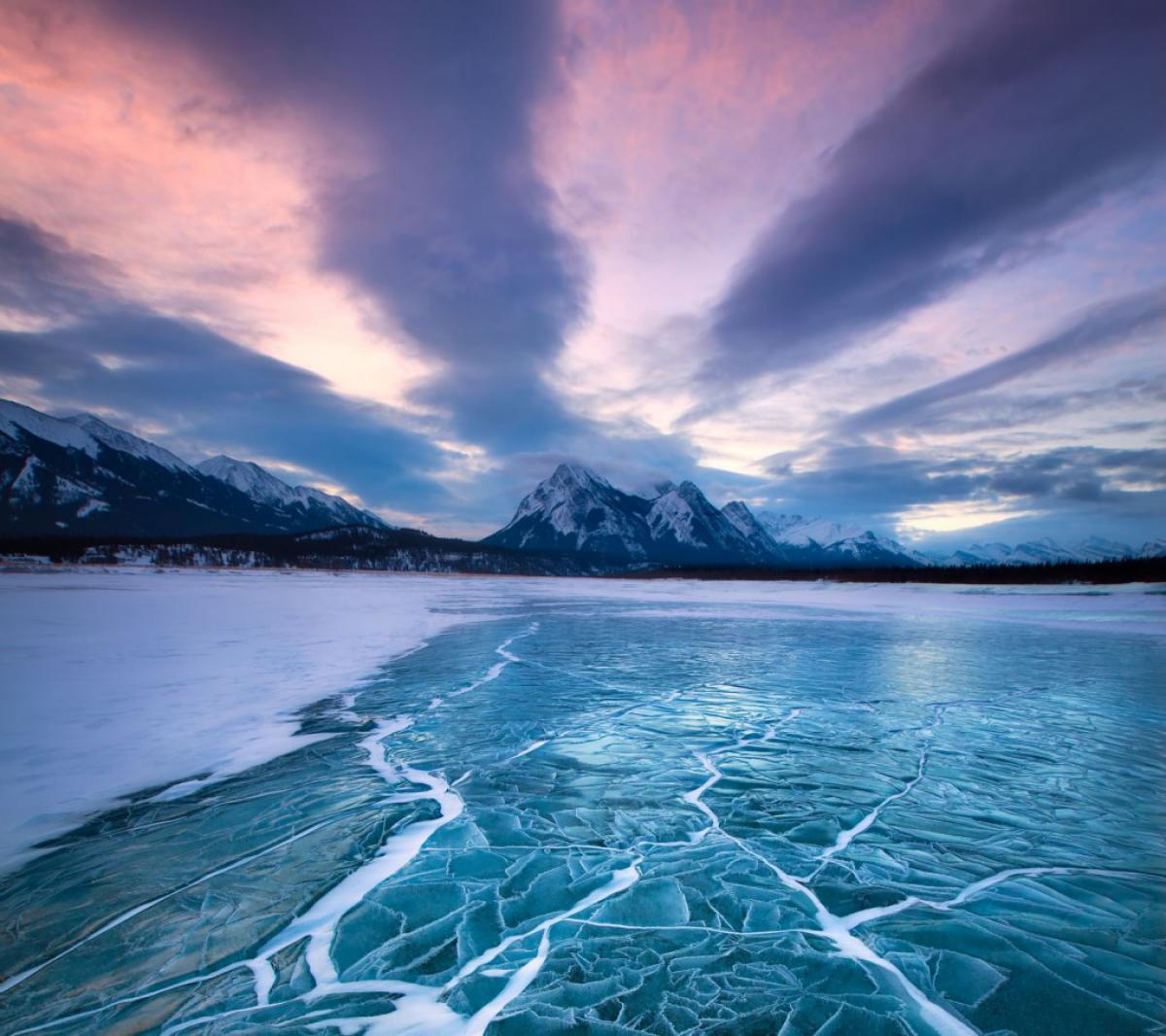
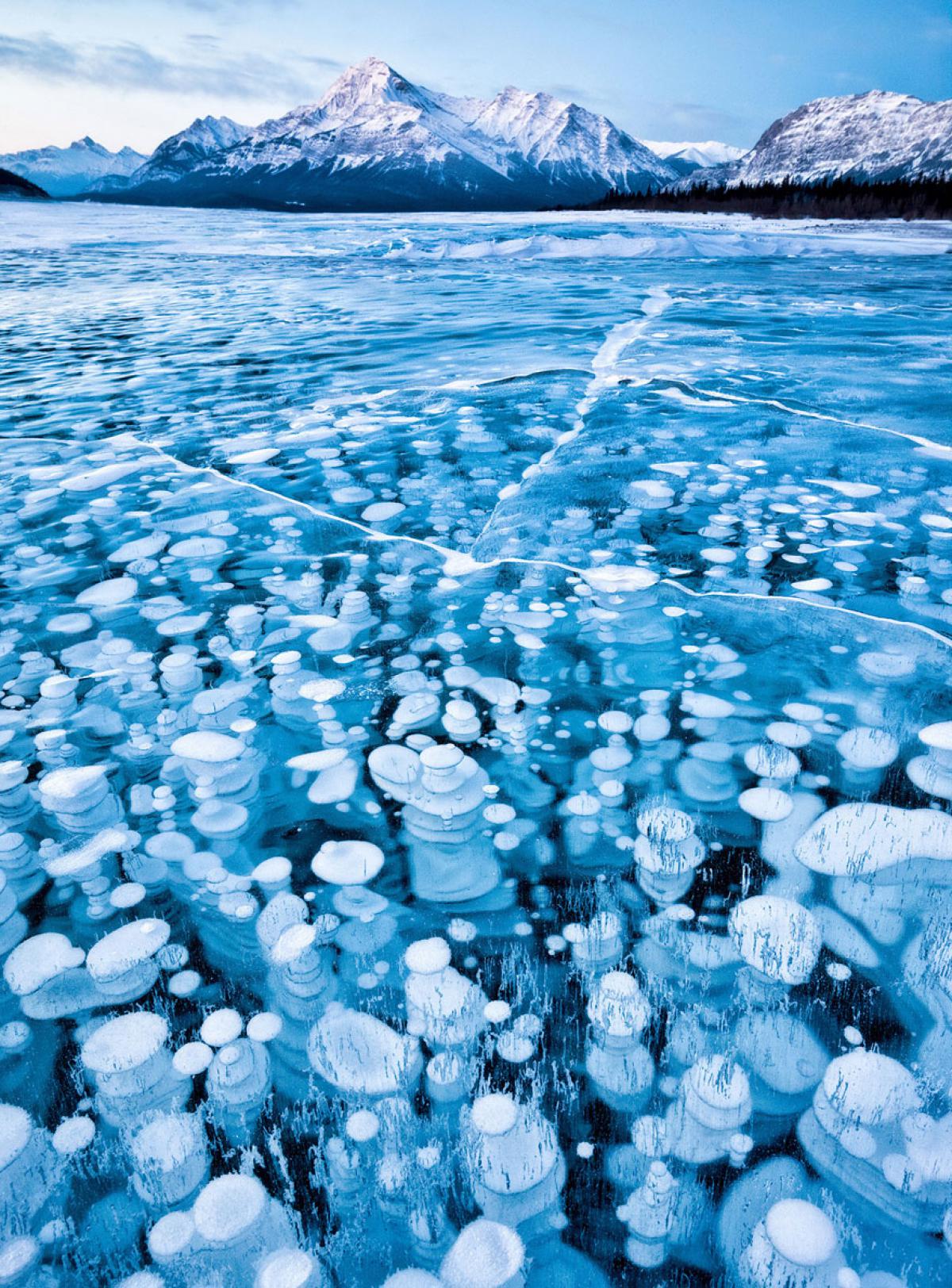
The frozen bubbles are made from methane gas, produced with the decomposition of bacteria found at the bottom of the lake. The decomposing process releases methane, which creates a b
ubble; it goes up to the surface and evaporates in the air. The low winter temperatures freeze the lake surface and these gases cannot escape. The contact with a colder surface makes the methane gas freeze; and thus the ice bubbles are formed. As soon as the ice is cracked, the bubbles pop and methane gas is pushed into the air.
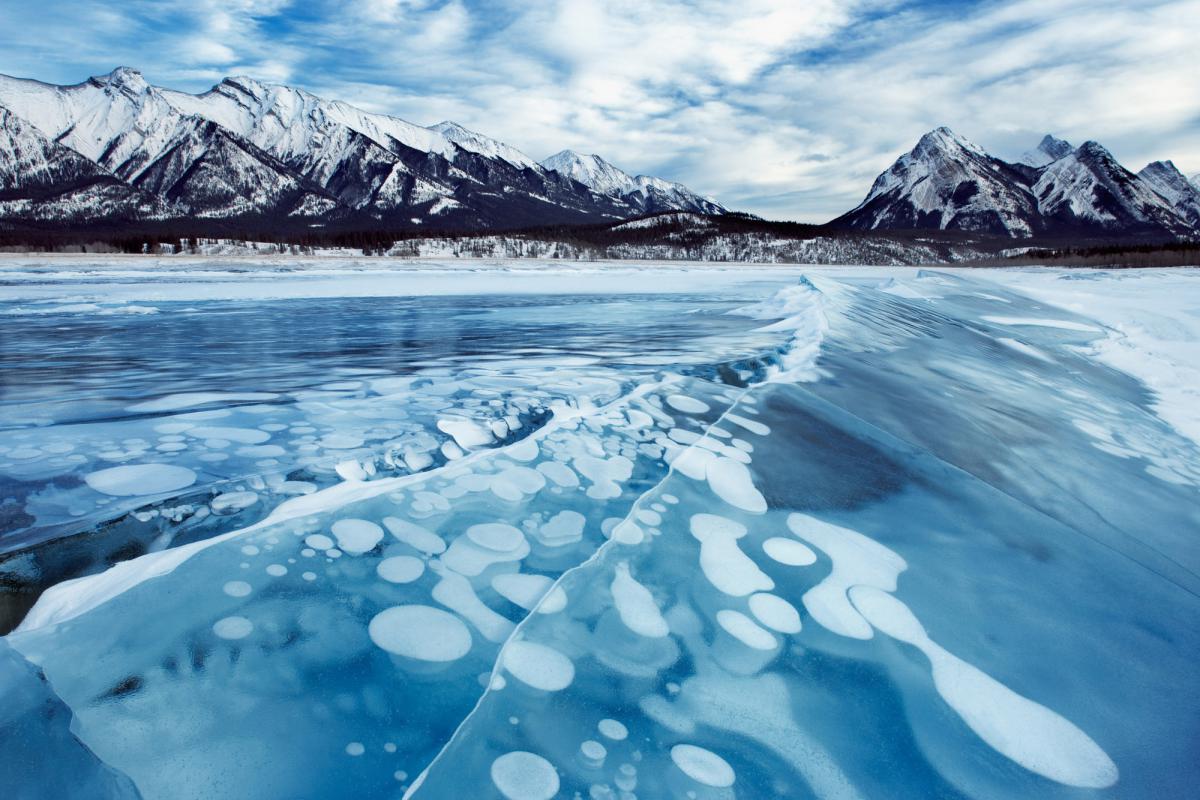
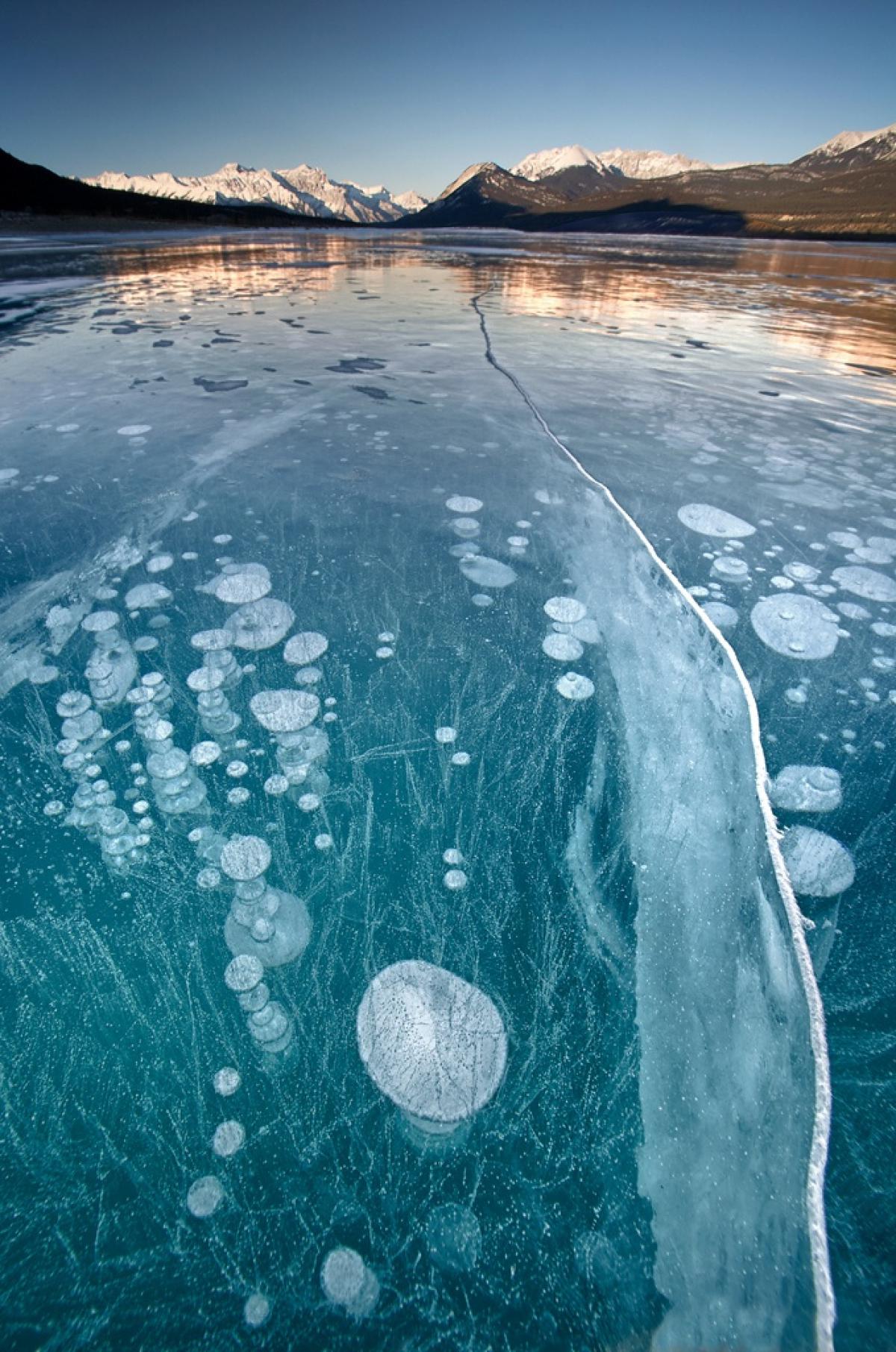
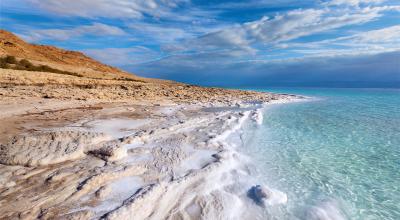
Leave a Reply